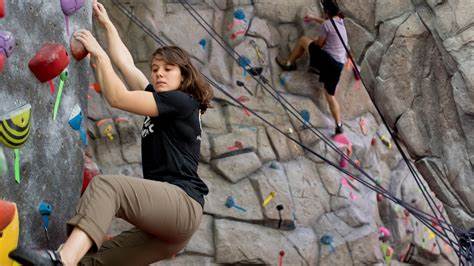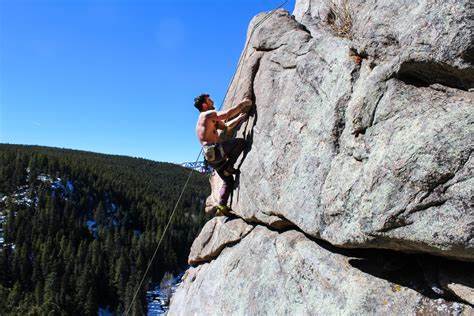Sport climbing is a dynamic and exhilarating discipline within the world of rock climbing that has gained immense popularity over the years. Combining physical strength, mental focus, and technical skill, sport climbing offers a thrilling experience for climbers of all levels. In this article, we will delve into the essence of sport climbing, exploring its unique characteristics, the equipment involved, and the incredible challenges and rewards it offers. Whether you’re a seasoned climber or a beginner looking to embark on a vertical adventure, sport climbing promises an adrenaline-fueled journey that pushes boundaries and defies gravity.
The Basics of Sport Climbing
Involves ascending established routes on cliffs and rock walls, which are equipped with permanent bolts drilled into the rock. These bolts serve as anchor points for climbers to attach quickdraws, which are connected to their climbing rope for protection. Unlike traditional climbing (trad), sport climbing eliminates the need for climbers to place their own protection, allowing them to focus more on movement and technique.
Equipment and Safety
Requires specific equipment to ensure safety and success. Climbers typically use a harness, climbing shoes, a helmet for added protection, and a belay device to manage the rope. Quickdraws, consisting of two carabiners connected by a sturdy sling, are essential for clipping into the bolts along the route. It is crucial to inspect the bolts and quickdraws for stability and integrity before climbing.
Pushing Physical Limits
One of the defining aspects of is the emphasis on physical performance. Climbers face challenging routes that often feature steep and overhanging sections, requiring strength, endurance, and flexibility. The sport pushes climbers to improve their power, technique, and stamina as they tackle complex sequences of movements and overcome physical obstacles. From dynamic dynos to delicate balance moves, sport climbing presents a diverse range of challenges that test both mind and body.
Mental and Technical Aspects
While physical strength plays a significant role in, the mental and technical aspects are equally important. Climbers must analyze the route, identify key holds, and plan their movements accordingly. Problem-solving skills, route reading, and the ability to adapt to changing conditions are essential. Moreover, challenges climbers to manage fear, stay focused, and maintain composure while pushing their limits. The mental fortitude required to overcome obstacles and make split-second decisions adds to the thrill and satisfaction of sport climbing.
Read Also: Trad vs Sport Climbing Exploring the Differences and Finding Your Perfect Vertical Adventure
Progression and Community
Offers a clear sense of progression as climbers strive to conquer increasingly difficult routes. Routes are graded based on their difficulty, providing climbers with a tangible measure of improvement and a roadmap for personal goals. This sense of achievement fosters a vibrant and supportive climbing community, where climbers encourage and inspire one another to reach new heights. Whether climbing in indoor gyms or exploring outdoor crags, the sport climbing community provides a sense of camaraderie and shared passion.
Sport climbing is a captivating and exhilarating discipline that combines physical prowess, mental agility, and technical finesse. It offers a thrilling escape into the vertical realm, where climbers can challenge their limits, experience the joy of movement, and overcome mental and physical obstacles. From the technical intricacies of clipping quickdraws to the rush of reaching a new high point, provides an unmatched sense of accomplishment and adventure. So, grab your gear, tie in, and prepare to defy gravity as you embark on a sport climbing journey that will push your boundaries and leave you craving more.



